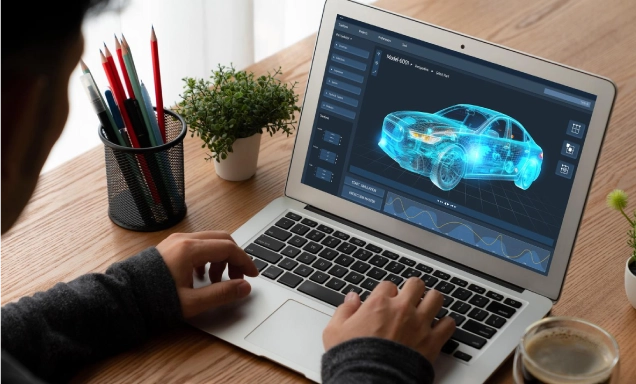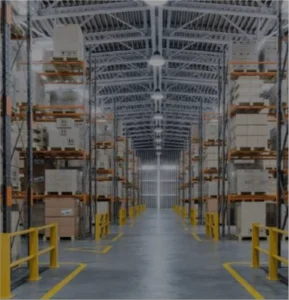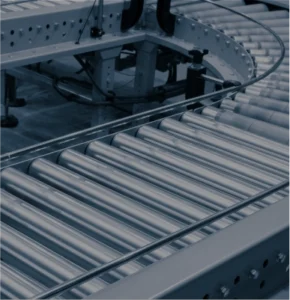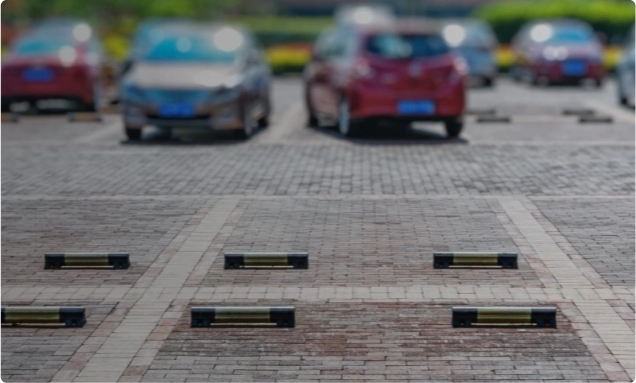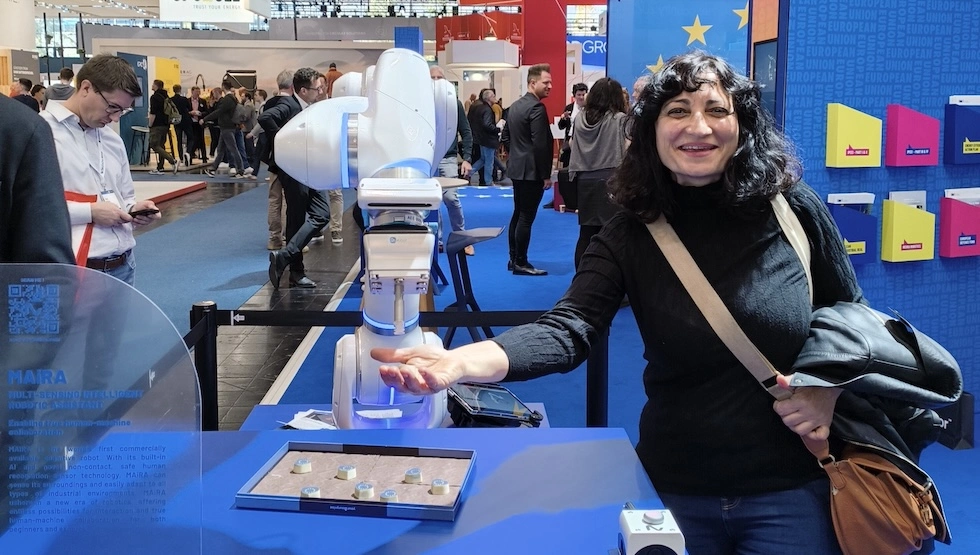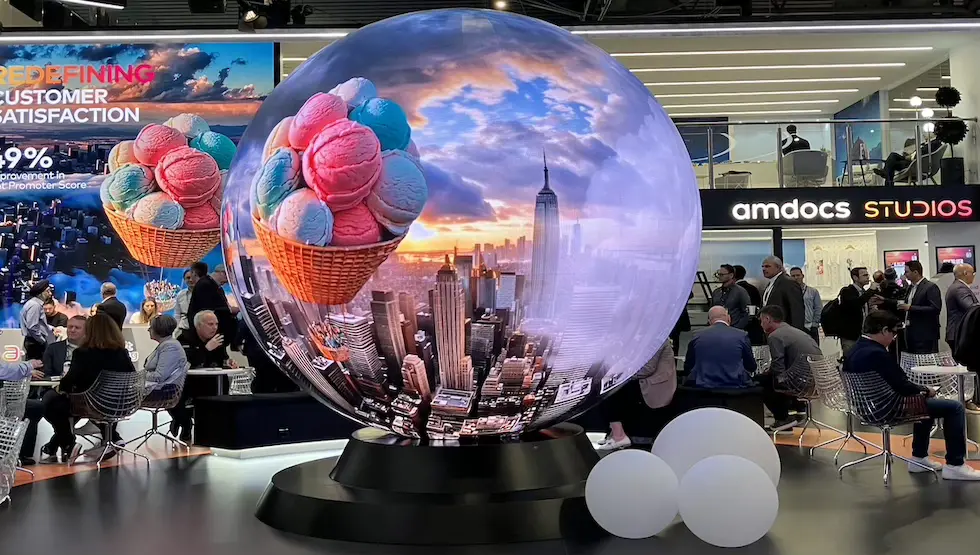Through different data sources (ie. physical tests) and ML models and usually in combination with our digital twin solutions, our data enhancement solution can learn, predict, and simulate outcomes to provide automatic product configurations that result in product and component improvement during the development process.
It reduces the number of tests in different phases of the product lifecycle (design, development, validation), reducing both costs and time to market.
Benefits
-
- Reducing product Time-To-Market
- Hardware costs minimisation
- Reducing energy consumption
- Specific industry improvements. For instance, in automotive projects we can reach:
- Vehicle Resiliency (safety, cyber-security)
- Improve Driver Experience: better passenger comfort through the improvement of systems (such as A/C), which can also improve the energy efficiency of the vehicle.
Use cases
We tend to apply this solution for the Automotive and Transport industries to improve the efficiency of vehicles or of a specific component. Even though, this might prove suitable to transform and provide innovative improved products to other industries as well.
Examples of products where we have applied data-enhancement solutions:
-
- Battery system or thermal management system for electric vehicles (EV).
- Advanced driver-assistance systems (ADAS) for Autonomous Vehicles (AV) and Connected and Autonomous Vehicles (CAV).
- Automated engine calibration of vehicles.
- EV, AV and CAV systems data that we combine with an accurate ML and physics-based model. For instance, physical models of a component like batteries (with internal physical-chemical systems).
- Testing simulation.
- Increase the occurrence of specific events that are particularly meaningful for testing purposes to showcase specific scenarios with artificial data to facilitate and optimise product development.
- Extract characteristics of an event occurring in a different area and recreate a similar event, where needed.
How can we do that?
Through a set of digital tools that we call the Open Framework we run a digital twin that reproduces the behaviour of certain components of the product.
We combine data from the product (ie. in automotive: data from the vehicle, its components and from other vehicles -fleet data- when available) and together with ML models, we simulate different scenarios automatically to generate an improved product configuration.

















